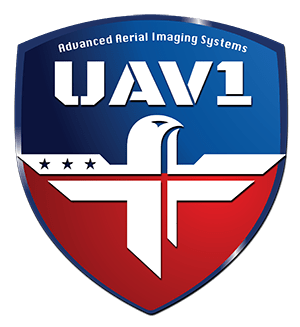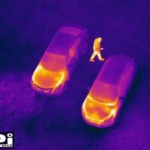Abstract
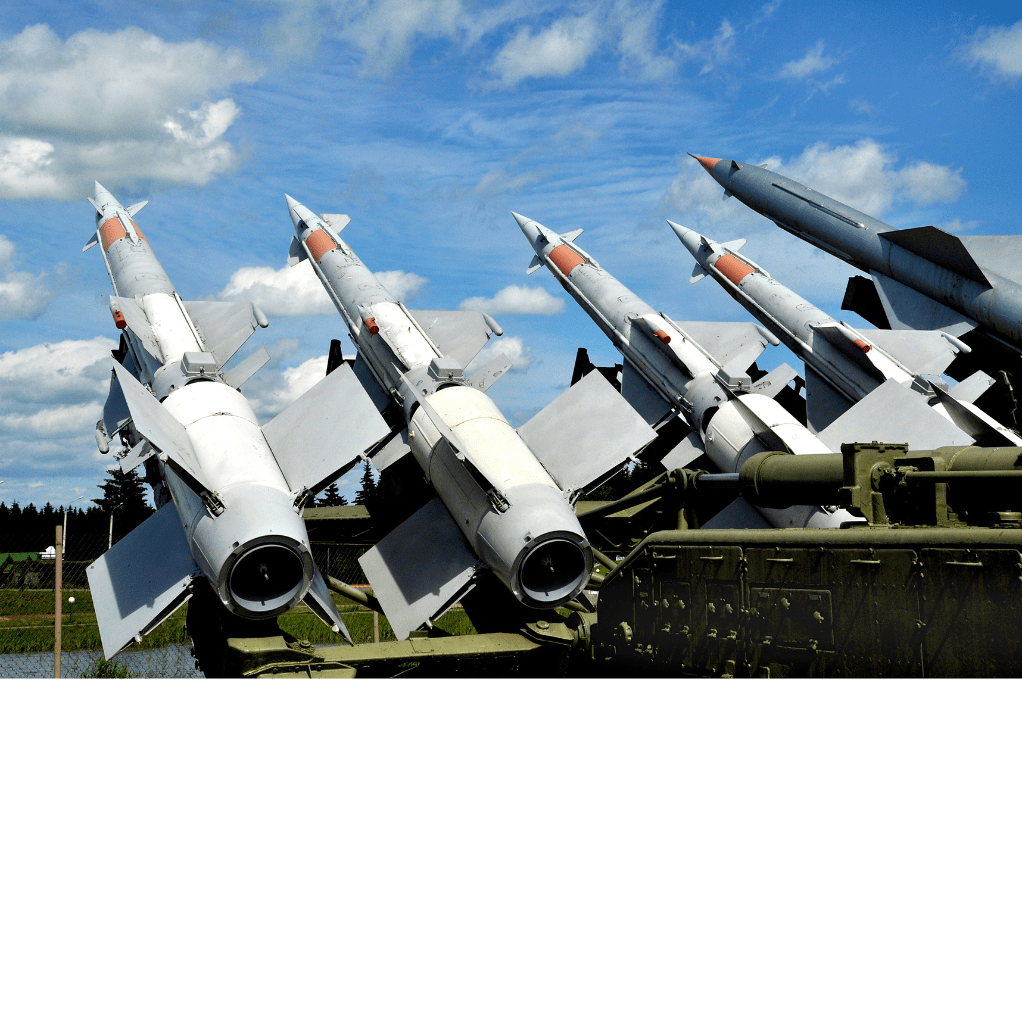
This paper offers a thorough examination of thermal imaging’s integral role in missile guidance systems. Central to contemporary military operations, thermal imaging technologies have fundamentally transformed the precision and efficiency of these systems. We delve into the underlying principles of thermal imaging, its implementation in missile guidance, the ensuing technological advancements, and the challenges posed in this domain.
Introduction
Missile guidance systems represent a critical facet of national defense strategies globally, prompting substantial advancements in guidance and control mechanisms. Thermal imaging technology, which enables target detection based on heat signatures, has significantly contributed to these enhancements. Missiles equipped with thermal imaging can detect, track, and target with improved accuracy and reliability.
Section I: Fundamentals of Thermal Imaging
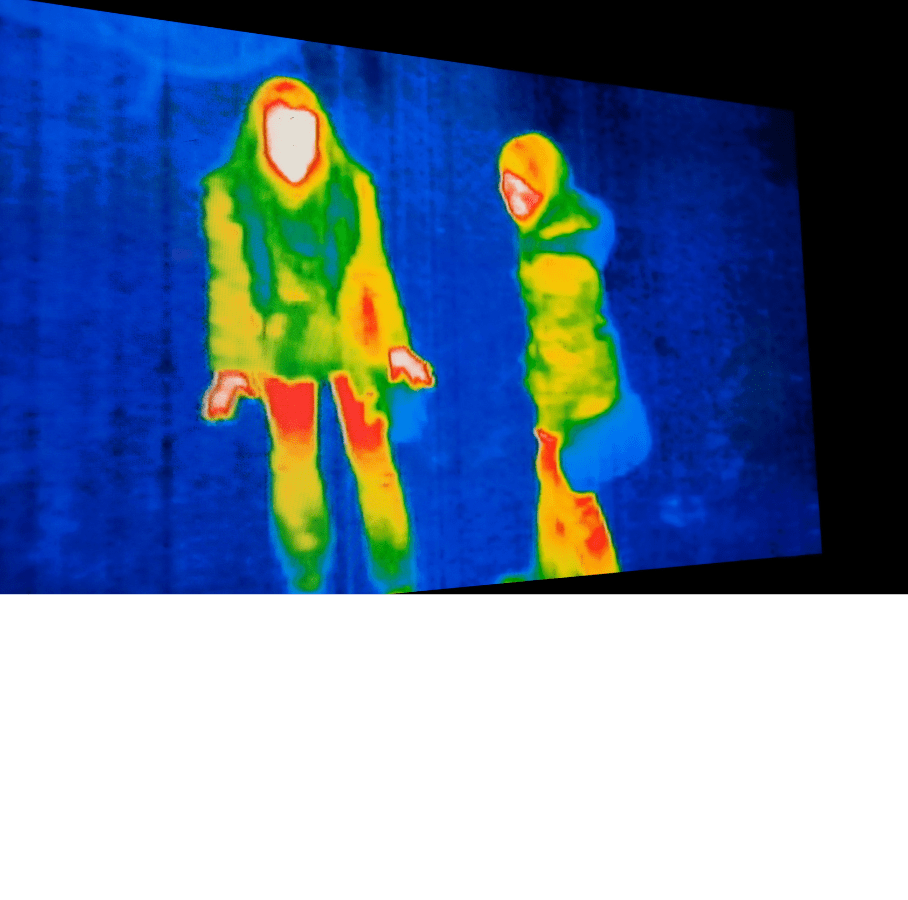
Thermal imaging, interchangeably termed thermography or infrared imaging, constitutes a method that interprets the radiation intensity within the infrared range of the electromagnetic spectrum to generate images. All objects emit a certain amount of infrared radiation proportional to their temperature. This imaging technique facilitates the visualization of temperature variations, thereby producing a thermal profile of the object or scene in question. Two principal types of detectors are used in thermal imaging systems: cooled infrared detectors, which offer superior image quality but are more expensive and complex, and uncooled infrared detectors, which are simpler, less expensive, and have longer lifetimes.
Section II: Application of Thermal Imaging in Missile Guidance
Within the realm of missile guidance, thermal imaging technology is employed in the guidance systems to lock onto a target’s heat signature. Operational machinery, such as vehicle engines or aircraft jet exhausts, commonly emanates these heat signatures. Given the difficulty of masking these signatures and their relative consistency, they provide a reliable target for heat-seeking missiles.
Three main types of missile guidance systems that leverage thermal imaging are:
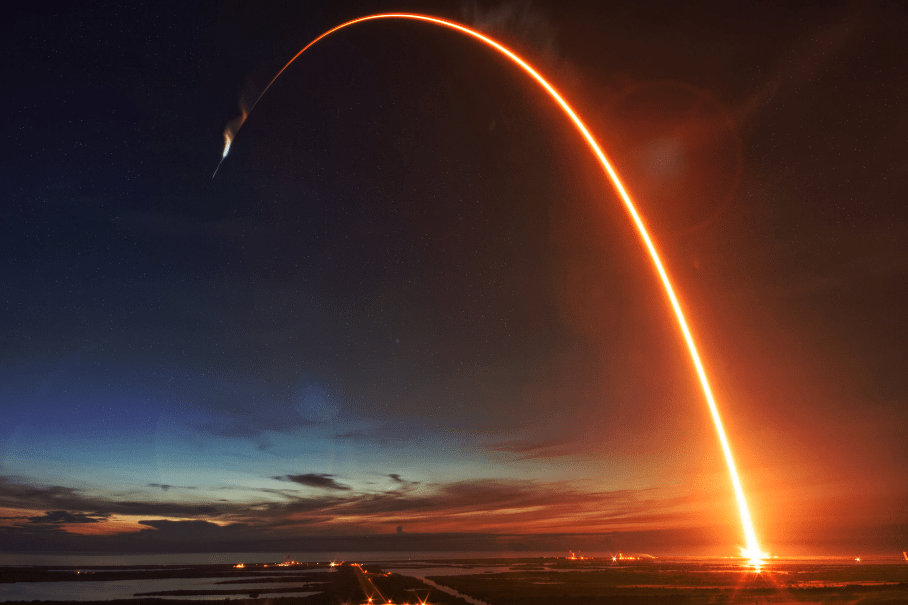
- Infrared (IR) homing guidance, often colloquially referred to as “heat-seeking,” is a missile guidance system that uses an infrared sensor to detect and track a target. This type of missile guidance system operates by locking onto the infrared radiation that a target emits and steering the missile towards the target.
- Basic Principles
- All objects emit infrared radiation proportional to their temperature, and this radiation can pass through the atmosphere. Warm objects, particularly those with temperatures similar to a human body, emit a substantial amount of infrared radiation. In the military context, potential targets such as aircraft engines, vehicle exhausts, or even human bodies emit enough infrared radiation to be detectable by infrared sensors.
- The infrared sensor on a missile detects the intensity and direction of the incoming infrared radiation, enabling it to ascertain the target’s direction. Based on this information, the missile’s guidance system adjusts the flight path of the missile to intercept the target. This is often accomplished using control fins that steer the missile.
- Evolution of Infrared Homing Guidance Systems
- The first generation of infrared homing missiles was relatively rudimentary. These early heat-seeking missiles were primarily designed to engage aircraft and were only capable of sensing uncooled radiation. Essentially, they could only track targets with a significantly high heat signature, such as a running jet engine. They were most effective when used against targets moving across their field of view, as this provided a clear heat contrast against the cooler background. However, they were easily fooled by simple countermeasures, such as flares, which could emit a brighter heat source than the target itself.
- With technological advancements, modern heat-seeking missiles, often termed as second, third, or even fourth-generation missiles, have significantly improved capabilities. They can now detect targets with much lower heat signatures, which makes them effective even against targets attempting to hide their heat emissions. This is primarily due to the development of cooled infrared detectors, which are more sensitive and can detect smaller temperature differences.
- Furthermore, modern infrared homing guidance systems are less susceptible to countermeasures. For instance, they can differentiate between the intense, short-duration heat of a flare and the less intense but longer-lasting heat of an aircraft engine. Some of the advanced systems even have the ability to remember the target’s characteristics once locked on, allowing them to stay focused on the target even if it temporarily disappears or a decoy is introduced.
- Basic Principles
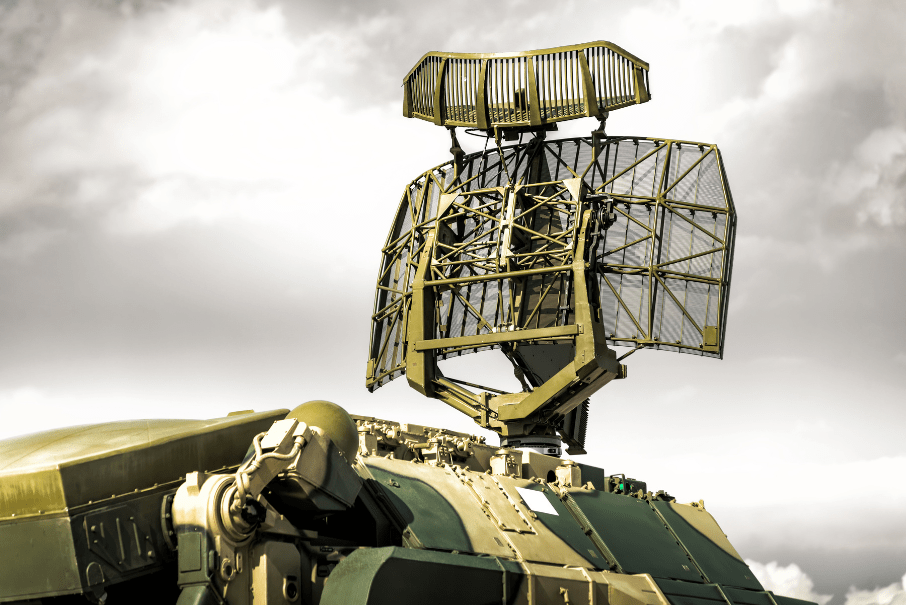
- Thermal Imaging Guidance: This system employs a thermal imaging camera to detect heat signatures and a computer to process the acquired image. The missile is then guided based on this processed image. Such guidance systems offer more flexibility in terms of target choice compared to pure infrared homing systems.
- Thermal imaging guidance systems represent a significant technological evolution in the field of missile guidance, introducing greater flexibility and precision into the capabilities of modern missile systems. These guidance systems leverage thermal imaging technology and sophisticated image processing algorithms to detect, track, and engage targets.
- The Functioning of Thermal Imaging Guidance Systems
- At the heart of a thermal imaging guidance system is a thermal imaging camera. This camera operates by capturing the infrared radiation emitted from objects within its field of view. Different objects, depending on their temperature, emit different amounts of infrared radiation, creating a pattern of radiation intensity, or a ‘heat signature.’
- Once the thermal camera captures these heat signatures, the data is sent to a computer system for processing. Advanced image processing algorithms analyze the captured data to identify potential targets based on their heat signatures. These algorithms can distinguish between the heat signatures of various objects, helping to distinguish potential targets from the background environment or non-target objects.
- After processing the image and identifying the target, the guidance system then directs the missile towards the target based on the processed image. This process of targeting involves continuously updating the missile’s trajectory to account for the target’s movements, thus maintaining a lock on the target until impact.
- Comparative Advantage of Thermal Imaging Guidance
- Compared to pure infrared homing systems, thermal imaging guidance offers a greater degree of flexibility in terms of target choice. This is largely because thermal imaging guidance systems do not solely rely on the target’s infrared emissions, but instead, analyze the thermal profile of the entire scenario, providing a more detailed picture of the target and its surroundings.
- These systems can identify targets even if their heat signature is not significantly different from the background, making them effective against targets that employ heat-masking techniques. They are also effective in scenarios where there are multiple potential targets, as they can differentiate between different heat signatures and allow the operator to select the most appropriate target.
- Moreover, thermal imaging guidance systems often have a longer detection range compared to pure infrared homing systems, as they are more sensitive to smaller differences in temperature and can thus detect potential targets from greater distances.
- Imaging Infrared Guidance (IIR): This system amalgamates the features of the previous two. It deploys a focal plane array to capture an image, which is processed by an onboard computer that discerns the target’s location and navigates the missile accordingly. IIR systems offer enhanced performance, particularly in cluttered environments or in facing countermeasures.
- Imaging Infrared Guidance (IIR) systems represent an advanced tier of missile guidance technology that consolidates the capabilities of infrared homing and thermal imaging guidance systems. Through this combination, IIR systems achieve superior performance and versatility, especially in cluttered environments or when confronted with countermeasures.
- Operating Principles of Imaging Infrared Guidance Systems
- The essence of an IIR system is its integration of a focal plane array (FPA) sensor, a sophisticated type of infrared detector. The FPA is essentially an array of individual detector elements, each capturing the infrared radiation from a small portion of the field of view. Collectively, they form an infrared image of the entire scene, similar to how a digital camera captures a visible light image. This capability to generate an image distinguishes IIR systems from other infrared-guided systems, which can only detect the direction of the strongest infrared radiation.
- After capturing the image, the data is sent to an onboard computer for processing. The computer applies advanced image processing algorithms to analyze the image, identify potential targets based on their heat signatures, and ascertain the target’s location. It is worth noting that, similar to thermal imaging guidance, IIR systems can distinguish different heat signatures, enabling them to discern targets from background heat sources or non-target objects.
- Once the target is identified, the guidance system navigates the missile towards the target. The trajectory of the missile is continually adjusted to accommodate for the target’s movements, ensuring a consistent lock on the target until the missile reaches its destination.
- Advantages and Performance of Imaging Infrared Guidance Systems
- IIR systems offer enhanced performance in a multitude of ways. Their capacity to generate an image of the entire scene allows for better situational awareness and improves the ability to identify targets, even in a cluttered environment with multiple heat sources. This proves invaluable in complex combat scenarios where various potential targets and non-target heat sources are present.
- Moreover, IIR systems are highly efficient in facing countermeasures. Unlike simpler infrared homing systems, they are not easily fooled by flares or other heat sources intended to divert the missile, as they can distinguish the target from the decoy based on their heat signatures and the image of the entire scene.
- It is also noteworthy that some advanced IIR systems feature multi-color or dual-band infrared detectors, which can detect different ranges of infrared wavelengths. This allows them to differentiate targets based on their spectral emissions, further enhancing their target identification and discrimination capabilities.
Section III: Advancements and Challenges in Thermal Imaging for Missile Guidance
Despite the breakthroughs in thermal imaging, challenges persist. Stealth technology advancements and electronic countermeasures, including flares and infrared jammers, have complicated the maintenance of a reliable target lock.
Nevertheless, strides in thermal imaging technologies persistently improve missile guidance systems. High-resolution focal plane arrays, multi-color detectors, and image processing algorithms have made the detection and tracking of targets more precise and less vulnerable to countermeasures.
Dual-mode seekers represent a notable recent development in this field, capable of toggling between radar and infrared guidance, which afford more versatility and reliability. These systems can switch modes based on the stage of flight or the nature of the target, improving the chances of mission success.
Additionally, sensor fusion, which combines information from different sensor types, has been increasingly used to improve targeting. For instance, combining data from infrared and radar sensors can make a missile less susceptible to countermeasures and improve its ability to track targets in challenging conditions.
Conclusion
Thermal imaging has left an indelible mark on missile guidance, augmenting the effectiveness of defense systems worldwide. The technology’s inherent ability to detect and track heat signatures has made it an indispensable method for missile guidance. Despite challenges due to countermeasures advancements, the continuous developments in thermal imaging technology bode well for the future of missile guidance systems.
